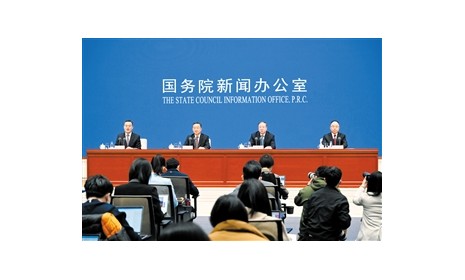2023年10月30日,据欧盟食品安全局(EFSA)消息,应欧盟委员会要求,欧盟动物饲料添加剂和产品(FEEDAP)研究小组就乳酸肠球菌NCIMB 10415作为育肥家禽和饲养用于产蛋/繁殖家禽、观赏鸟、所有用于育肥或饲养的猪科动物、小牛和其它反刍动物饲料添加剂的安全性和有效性发表科学意见。
经过评估,专家小组认为该添加剂在建议的使用水平下对目标物种、消费者和环境是安全的。部分原文报道如下:
Following a request from the European Commission, EFSA was asked to deliver a scientific opinion on the assessment of Cylactin® as zootechnical additive. The active agent of the additive is Enterococcus lactis NCIMB 10415, and three additive formulations currently authorised: Cylactin® LBC G35, Cylactin® LBC ME10 and Cylactin® LBC ME20 plus. The additive is currently authorised in the EU for use in poultry (chickens and minor poultry species for fattening, chickens and minor species reared for laying), calves and kids for rearing and for fattening, sows, suckling and weaned piglets and pigs for fattening. The applicant is now seeking the renewal of its authorisation and the extension of use for chickens and minor poultry species reared for breeding, turkeys for fattening and reared for breeding, ornamental birds, lambs for rearing and for fattening, minor or other ruminants' species for rearing and fattening, minor suckling and weaned Suidae species, pigs and minor Suidae species for fattening, rearing or reproduction. In addition, the applicant is seeking authorisation for use in water for drinking for all above-mentioned target species and categories. The applicant has provided evidence that the additive currently on the market complies with the conditions of authorisation. The FEEDAP Panel concludes that the additive is safe for the target animals, consumers and the environment under the authorised/new proposed conditions of use. The Cylactin® LBC ME10 and LBC ME20 plus are not skin and eye irritants, but no conclusion could be drawn on the potential of Cylactin® LBC G35 to be skin and eye irritant. Moreover, no conclusions could be drawn on the additive skin sensitisation potential. The additive is considered a potential respiratory sensitiser. The efficacy for the new target species/categories as well its use in water was extrapolated from the previous efficacy studies.













